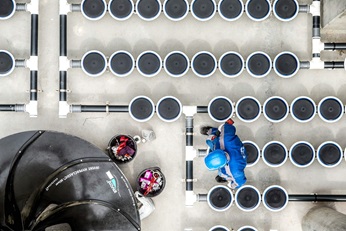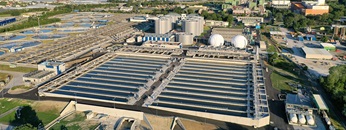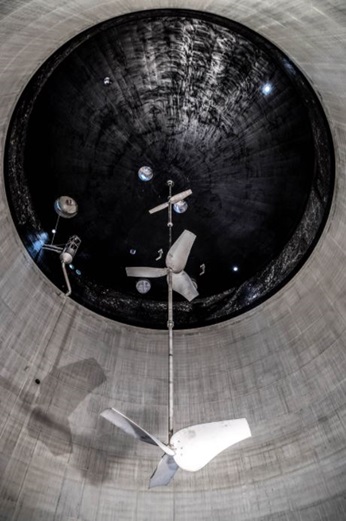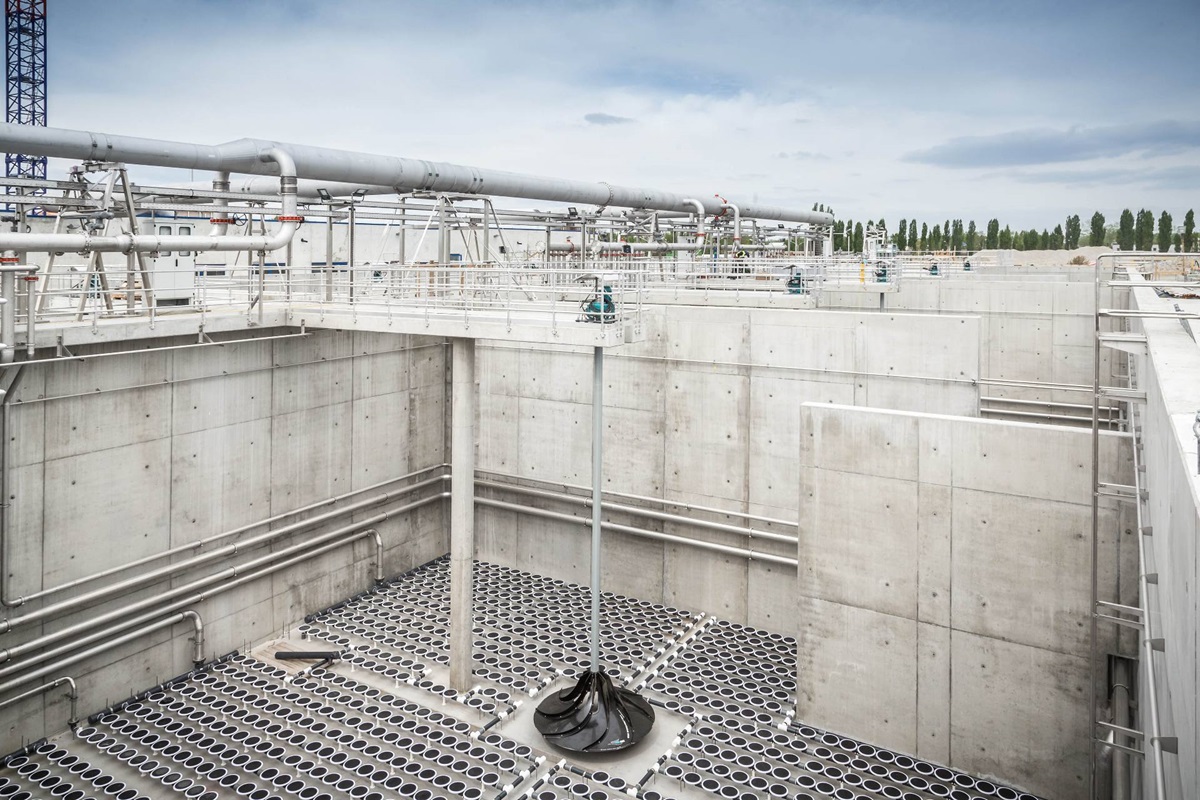Vienna says good morning to green energy
Fortunately for the current residents of the city that was home to Mozart, Beethoven and Sigmund Freud, the E_OS (Energy Optimization through Sludge Treatment) project has now delivered a plant that not only processes up to 1’000 cubic meters of wastewater per minute, but also produces around 78 GWh of electricity and 82 GWh of heat from biogas. The facility is now fully self-sufficient from an energy point of view and has thereby reduced Vienna’s annual carbon emissions by 40’000 tonnes.
The Sulzer team that worked closely with the project engineers have in-fact helped transform a large wastewater treatment plant from a major energy consumer into a sustainable green energy producer.
Due to its decades of experience in water and wastewater treatment applications, Sulzer was able to specify, supply and install smart process solutions to help reduce energy consumption and improve equipment reliability at the facility.
Getting into the mix
The old wastewater treatment plant was using more than 1% of the all the electricity produced by Vienna's largest energy provider. Not ideal from either a cost or an efficiency point of view!The first of those solutions were the mixer units for six 30-meter-high digester tanks, each capable of generating large quantities of biogas.
The giant mixers continually stir the sludge in the tanks to keep the biogas production process running optimally. Sulzer’s solution involved the use of a large diameter Scaba vertical agitator, rotating at a low speed. This would ensure smaller motors were required to power the process, unlocking energy savings.
When the first unit was installed on site, tests conducted by the Vienna University of Technology ensured that this efficient configuration met the facility’s performance needs.
Maintaining the bubbles
In addition to the solution for digester tanks, Sulzer also delivered further savings in the new aeration lanes.
Sustainability is a challenge we all face, and Sulzer is committed to both developing and delivering products as well as systems solutions that help enhance energy efficiency, reliability and sustainability in some of the world's most significant infrastructure projects.



